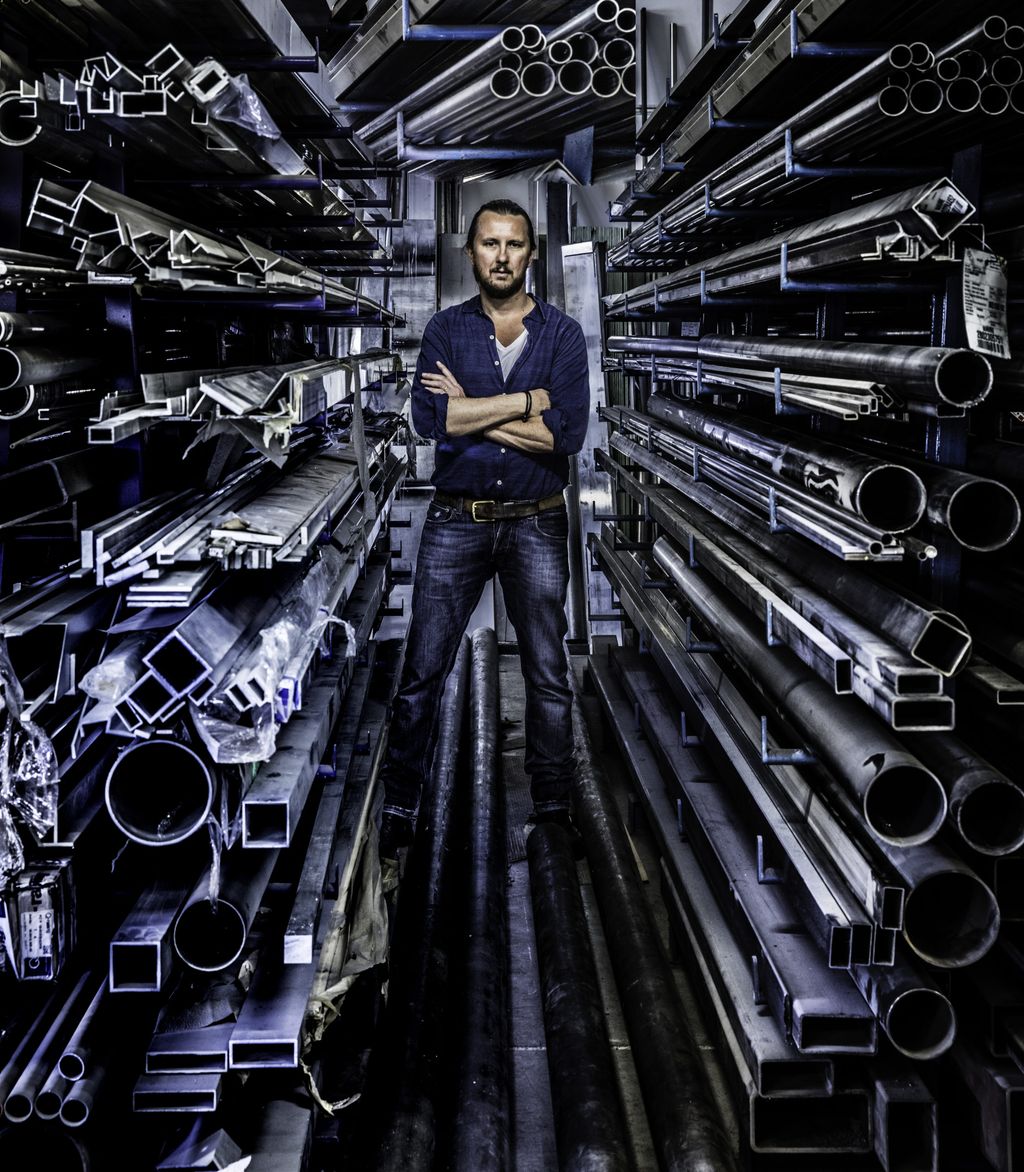
Experimental designer and collector, and creator of commercial spaces with a strong identity, such as the Wolf food market, Lionel Jadot is a fan of recovering objects and materials as well as a passionate entrepreneur.
He is an “adventurer”, as he likes to consider himself, who made his mark in collaborative creative workshops with Zaventem Ateliers, which opened in 2019 in Brussels. His concept is now being exported to Italy, during the Milan Furniture Fair, with Baranzate Ateliers, a project supported by Belgium is Design and open from 6 to 12 June 2022.
Post-industrial creation, raw materials and the reallocation of objects have been at the heart of your practice since you were very young…
I was born in an apartment above my parents’ studio. My family has been making custom chairs for six generations, which means that every day when I came home from school I would walk through these workshops. I recovered everything that the craftspeople had thrown away: wood, leather, metal, etc. And I filled my whole room with them so I could tinker in my own way.

Do you remember your very first creation?
The first thing I made was a small stool, with beech wood and a piece of orange velvet, with a tenoner, a machine tool for shaping tenons. I was about 12 years old.
What do you consider emblematic in your creation to date?
The variety of my projects. My agency Atelier Lionel Jadot works on private and public projects that combine architecture, interior architecture, and design with specific forms and volumes. We reuse a lot of materials and objects to create interiors, furniture and sometimes homes from A to Z, from the construction phase of the building, but we also design hotels, bars and restaurants where we go just as far.
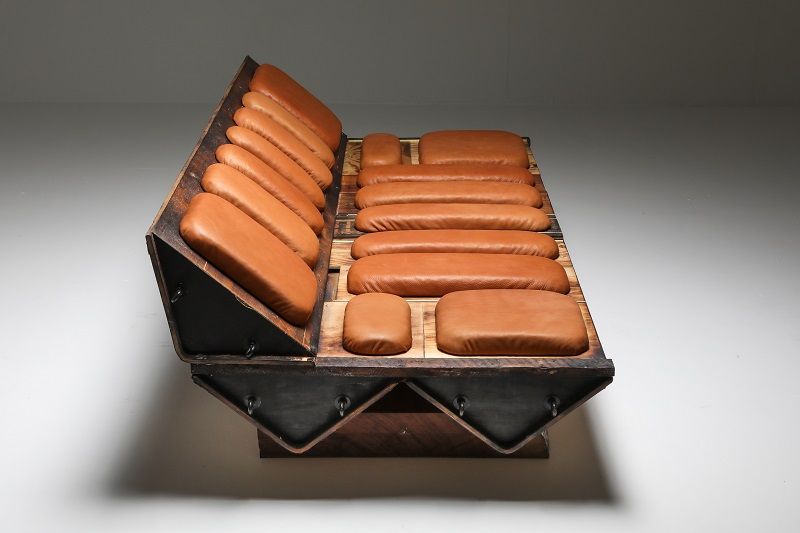
What is the working dynamic of your agency?
We often start from a raw board where everything has to be done. For example, I have just completed a loft in Brussels where the essence of our agency can be felt in every corner. For a recent project in France, the Food Society food halls (Lyon and Paris), we proposed our collaborative philosophy for the whole project. Each of our creations is based on the personalities, talents and commitments of the artists and designers from our agency and the project owner.
What can you take from your self-taught journey so far?
Being self-taught is a strength. I believe that learning on the job is the best education. I started by working with my own hands and I have passed this passion on to all my colleagues over the years. There are now 12 of us at Atelier Lionel Jadot. People who start working with our team have a lot of responsibility right away; they are immediately put to work on projects that need to be created quickly. Everyone surpasses themselves. This perpetual energy is also palpable in my daily life. I am always on the move.

You are an interior architect, an artist and a recognised designer but also a producer, screenwriter, set designer and film director. What is the difference for you?
Whether it’s for collective housing, which I’m currently designing, or for the design of a winery, which I’ve imagined as a giant sculpture, I like to have the option of taking several paths and never restricting myself. Using materials differently than usual and thinking differently about living together are what drive me, and every difficulty is an opportunity to find new solutions. For my film projects, the energy is almost the same but the time is reduced. Different skills are intertwined: image, photo, sound, etc. You have to take a vision through to the end but with little possibility of going back, unlike interior design.
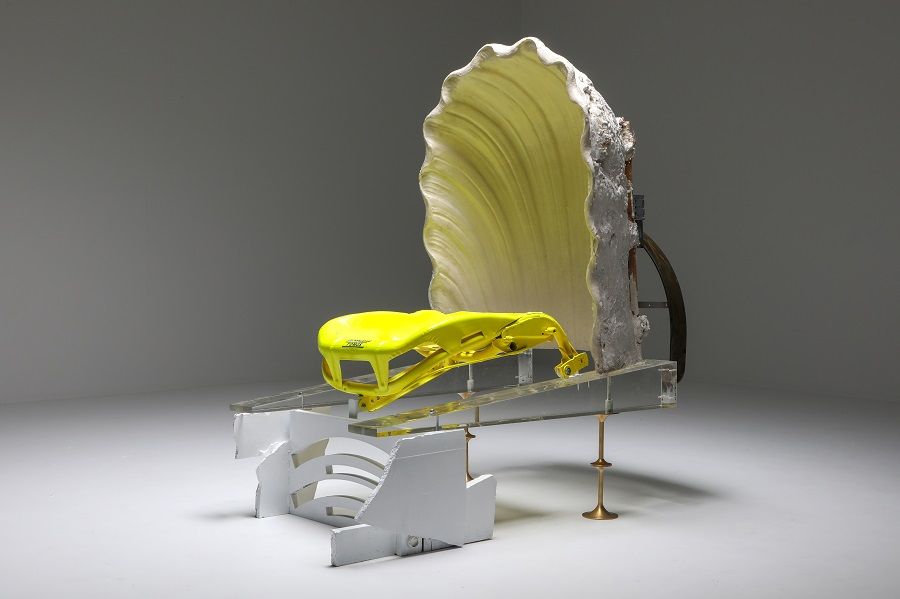
Where do you find your balance between all these activities?
It is the energy I bring, that of my colleagues and that of my clients that makes me find my balance. Working together to aim for the exceptional; it happens collectively. Despite my biases and the different visions that everyone brings, the ideas often match up.
Is it easier for you to carry out your projects today than previously?
Yes, because I have learned to say no and to stay honest at all stages, before, during and after creation. While I like to take the time to change people’s minds, a long time ago, when I proposed a project that involved a lot of material recovery or recycling, I had to expend a lot more energy selling it. Today, mentalities are evolving and this type of creation with both an original and an eco-responsible dimension is well regarded because it is necessary.
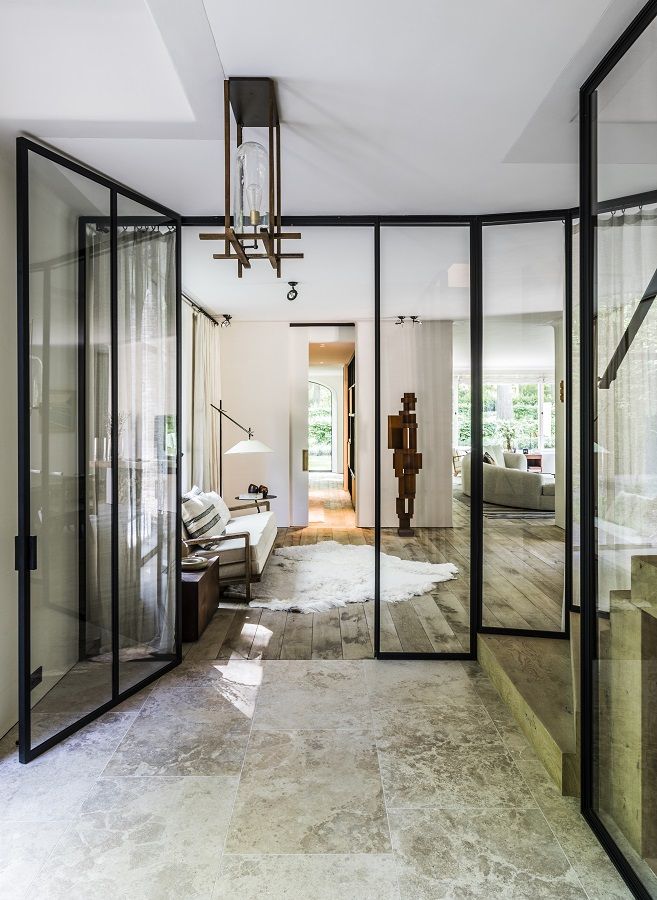
What do your customers and collectors look for in your creations?
When people call us, they want something that is not in any catalogue. Clients trust us when they see our designs, and when we convince them, we give them a feeling of trust, which allows us to achieve the craziest things. For private individuals, the urge to be gently unreasonable sometimes prevails. We start by making their everyday house, then their holiday home, then some come back to us for their professional projects and finally we do a bit of branding of their life! For others, if the budget is tight, we adapt (we are currently working on a co-living project).
How are your creations perceived internationally, as a Belgian designer?
I always have the impression of going it alone because even if my product can be linked to a certain generation or to recognised post-industrial design movements, it remains very much outside the codes. This is why art and design collectors, whether Belgian or foreign, are attracted by a single piece. In Europe, my pieces can be seen at the Everyday Gallery in Antwerp. In the United States, my collectible design work is sold by Todd Merrill Studio in New York. To tell the truth, I believe more in the human element and the strength of the encounter between a person and a piece than in labels.
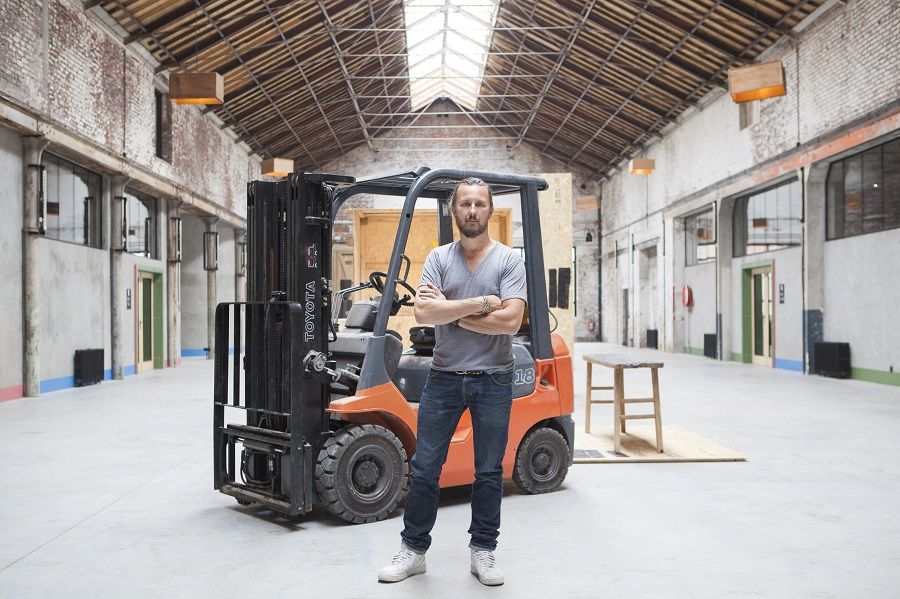
Do you feel that you belong to a certain generation of designers, the one that experienced the excess of industrial production from the 1960s?
Yes and no. My first relationship with design began because of what was going on downstairs in my family’s workshop. So I was first educated on the rarity of a material, respect for manual work and how to best optimise the material in terms of production. Seeing and appropriating the profusion of waste from these family workshops, then from industry, has also shaped me little by little. My father taught me the importance of styles, the freedom to break away from them and especially the strength of lines in creation. My mother taught me the freedom that colours offer.
What can you observe in the younger generations of designers you work with?
At Atelier Lionel Jadot, those who arrive may have a truncated view of 3D design – I believe that computer-aided design has its good points, but it also has the ability to destroy creativity. Learning by looking and doing is essential. Many young people are quick to adapt on the ground when necessary.

How do you view the success of Zaventem Ateliers?
We have succeeded in bringing together very valuable people and initiating long-term professional relationships. Zaventem Ateliers, which is a total of 6,000 square meters (4,000 allocated to workshops for creatives) acts as an amplifier and everyone, design professionals as well as casual enthusiasts, meets there. And today, the desire for each participant to carry out sustainable projects is paramount. It’s not just a case of filling these spaces.

How do you plan to export this concept to Milan with Baranzate Ateliers?
The heiress of the company that manufactured the Necchi sewing machine (a true domestic icon for Italians) contacted us. As her factories in the north of the city, in Baranzate, are abandoned, she asked us to think about opening a “Zaventem bis” there: Baranzate Ateliers. So we agreed that she could lend us this site for a pop-up exhibition during the Salone del Mobile 2022 and, in exchange, we would prepare a tailor-made concept for it. In these 3,000 square meters, the practice of 25 creatives will be presented, in collaboration with local talents. At the end of this event during Milan Design Week, we aim to obtain funding from investors so that Baranzate Ateliers can become permanent.

What heritage would you like to transmit through your creations and these places of experimentation?
Optimise creation and production now and for future generations. I have seen young people’s lack of interest in manual labour and then recently a renewed interest in it, which is a good thing. Avoiding the loss of old knowledge, in addition to using the new materials and production methods that exist, and creating niche products for a high-end clientele that can finance projects that will ultimately reach the greatest number of people, is one way to move things forward.
